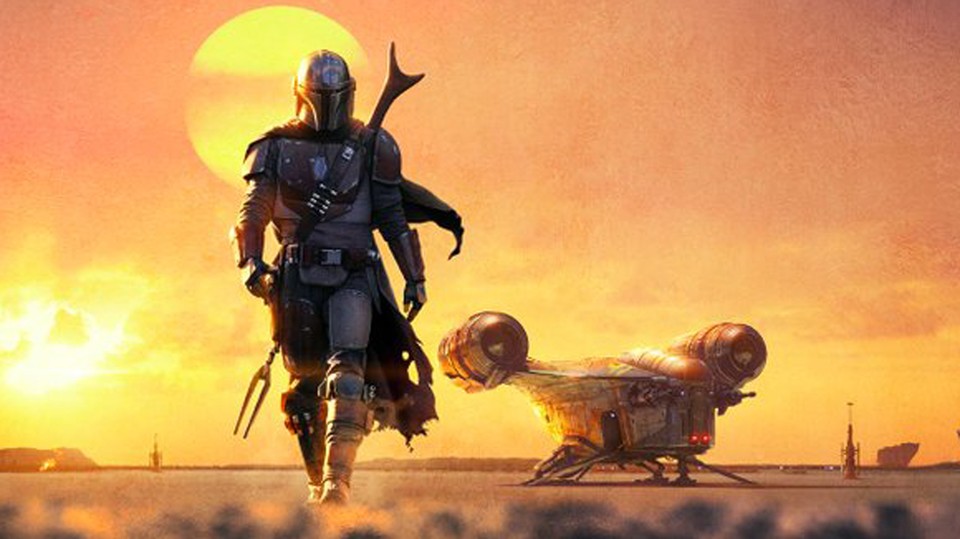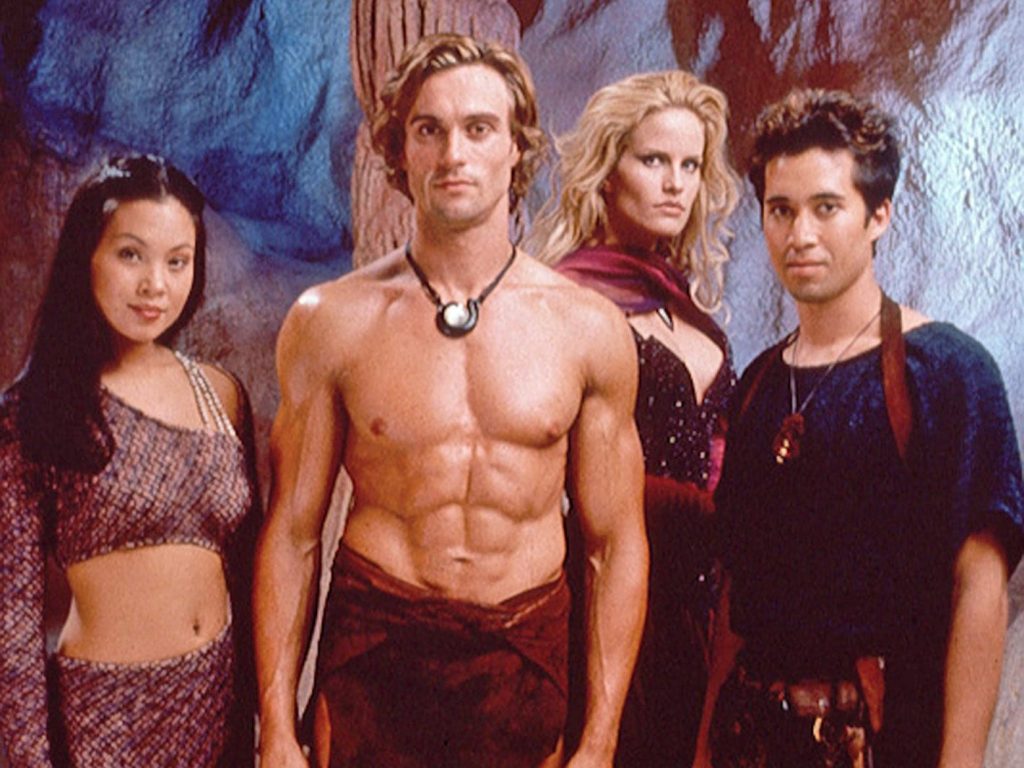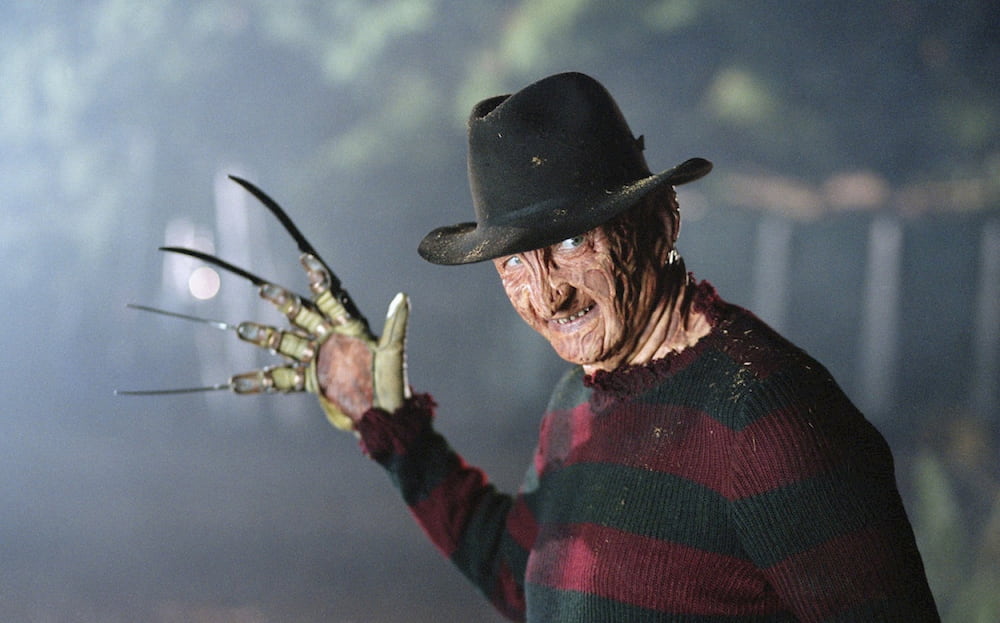Hello! As you might have guessed by the title, I’ll be talking about Fantasy in all its splendorous variety. So, I hear you ask, what is your root definition of fantasy Steve? Well, if it’s got magic in it, it’s fantasy, if it hasn’t it ain’t. I will expand and elaborate on this statement below because things are never as simple as they first appear. These categories are in no particular order.
Science Fantasy

I’ve always found this a bit of a strange one. In a world that has a relatively high level of technology we also have magic. Now, is the magic actually an as yet unexplained function of science or is it an inexplicable function of power drawn from a magical source? If it’s just technology so powerful it looks like magic, it’s not magic. Many novels and films which are categorised as Science Fantasy are simply Science fiction. For instance, Star Wars is often considered Science Fantasy because of the Force. But this is an explained natural phenomenon and has nothing to do with magic.
High Fantasy

Probably one of the most familiar sub-genres and one most people will be able to describe and relate to. When people use the word fantasy as a general description, this is what they’re usually talking about. High Fantasy has dragons, quests, skilled warriors, and magic by the bucket load. There’ll be a princess to rescue and some cute animal companion, and an end goal that can only be reached by a certain individual. The setting will either be one like our own with added strange creatures and races or completely made up. JRR Tolkien’s Lord of the Rings and The Hobbit, and C.S. Lewis’ Narnia Chronicles are classic examples of this sub-genre.
Low Fantasy

Not stories about gnomes and pixies, but a sub-genre where most of the material is normal, with a slight twist that takes it into the realms of fantasy. Many people wouldn’t consider this fantasy at all, considering High Fantasy the only flavour around. When promoting such material, especially films, they often deliberately avoid using the f-word at all, knowing some people will be put off going to see the film, because of ‘all the wizards and stuff’ which of course aren’t there. Films such as Bruce Almighty and Click are such examples. Each is set in our otherwise normal world, and the main character is given power by a supernatural being. This isn’t technology, but magic, and therefore they qualify as fantasy.
Sword and Sorcery

Although similar to High Fantasy, Sword and Sorcery usually has less magic, the emphasis being on the sword and the ridiculously muscled hero who carries it. There will be some magic, probably from a young female or an old hag. The hag is often the antagonist, and sometimes the hag and beauty are the same person. This sub-genre also relies more on the quest scenario, with a single and specific goal the hero must work towards and overcome. This will inevitably involve slaying gargantuan creatures, coachloads of henchmen, and finally the big bad boss. The Conan books are a fine example of this, although I prefer The Beastmaster.
Mythic Fantasy

This particular sub-genre concentrates on the telling of real-world myths and legends, sometimes sticking to the script, sometimes not. There’s plenty of material for writers and filmmakers to go at, every country in the world has some mythology in their culture. Most such works concentrate on one character from each milieu, such as Arthur or Perseus, staying within the canon of the character’s world. Others like to mix it up, adding all sorts of creatures and events from all over the mystic realms. Jason and the Argonauts and Clash of the Titans are such examples, and more recently Moana, which thankfully moved away from the overused Greco-Roman stuff.
Steampunk Fantasy

A relatively new genre on the fantasy scene, steampunk itself wasn’t really fully formed until the 70s or 80s. Nevertheless, the two sub-genres seem a good match, and increasing amounts of material are adopting such a mix, despite the age difference. Of course, some steampunk is just that, brass automatons driven by steam, clockwork machine guns and other strange but eminently possible inventions. The fantasy element, when present, is often subtle and sometimes questionable. Is it magic or esoteric technology? The League of Extraordinary Gentlemenis one example, with some subtle magic blended into the solid steampunk foundation.
Magic Realism Fantasy

This type of fantasy is for me the most fantastic of all. It contains the most amount of magic and therefore qualifies more than any other flavour as fantasy. The magic itself has shaped the world, large numbers of people can use the magic, and it has its own set of rules regarding the use of it. Basically, Magic Realism is replacing the immutable laws of physics with the laws of magic, with all that goes with it. As one Scottish wizard might have said, ‘Ye cannae change the laws of magic!’ Someone might use magic to perform simple tasks like cooking and cleaning, and another time use it to explode a dragon. Neil Gaiman’s American Gods is an example of Magic Realism.
Dark Fantasy

I’d like to start with what Dark Fantasy isn’t, and that’s horror. The Saw series is horror, there’s no magic involved, just horrific scenes. Anything supernatural involving the undead and ghosts, etc, is Dark Fantasy, because magic is being used to animate vampires and sustain spirits in the real world. Of course, if the material is unrelenting bloodshed and flying body parts it will be categorised as horror, but if there’s even the smallest amount of magic, that makes it horror fantasy, if not Dark Fantasy. Although considered a slasher horror film, A Nightmare on Elm Street is also an example of Dark Fantasy, because the villain kills people in their dreams. There are many more sub-genres of fantasy. Many of them are, in my opinion, just different names for the same thing. Historical fantasy is a variety of Mythic Fantasy. Alternate history isn’t fantasy at all in most cases (no magic). And Young Adult Fantasy is a target audience, not a sub-genre.



